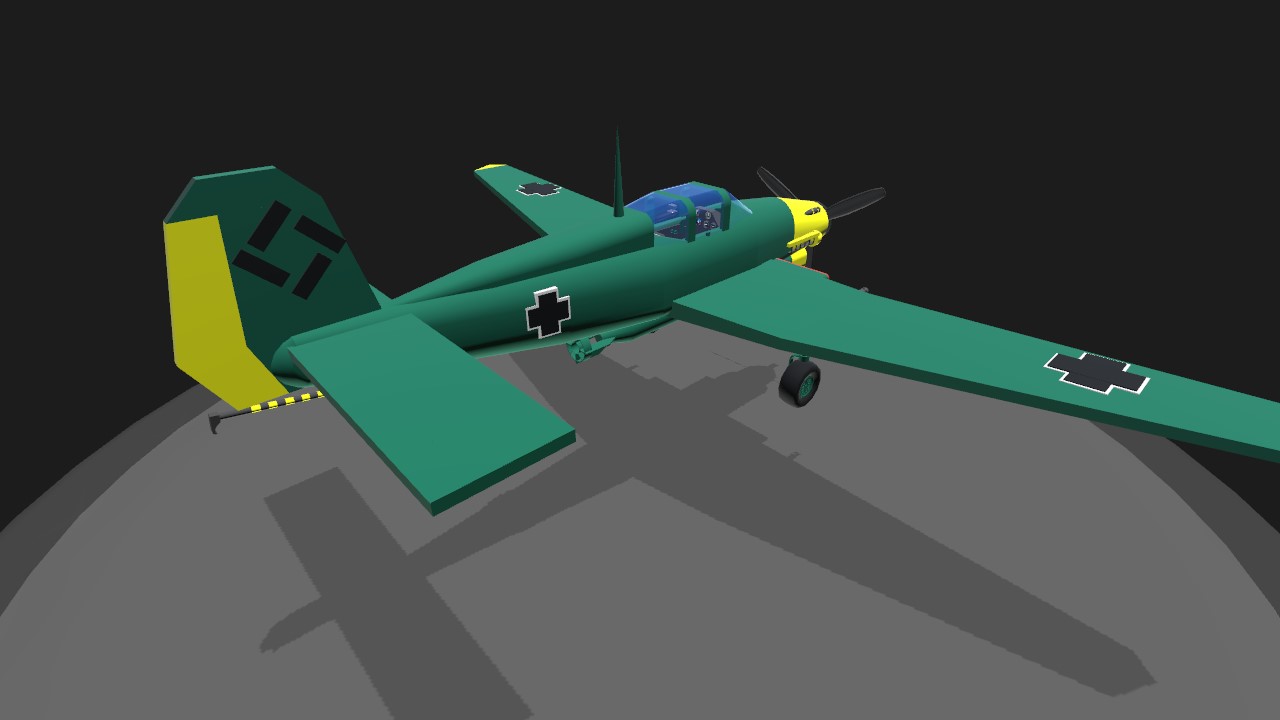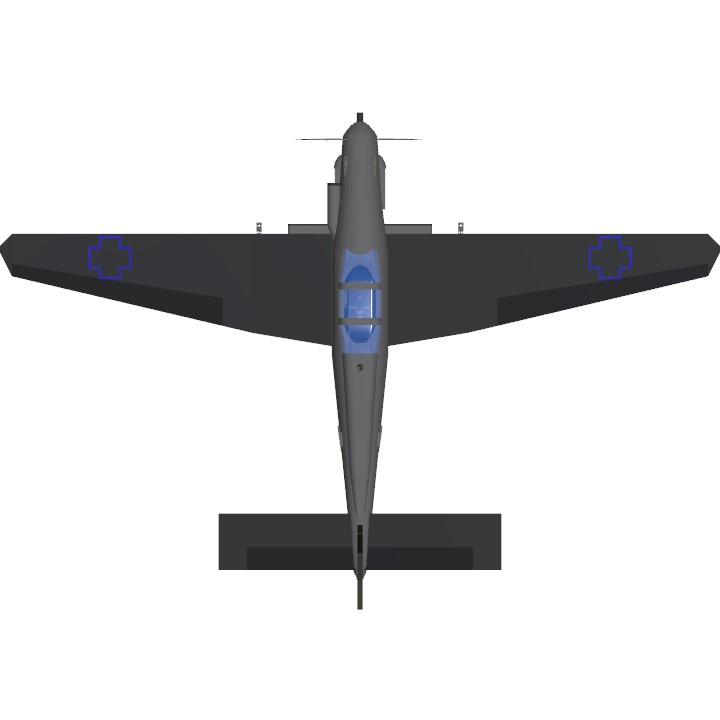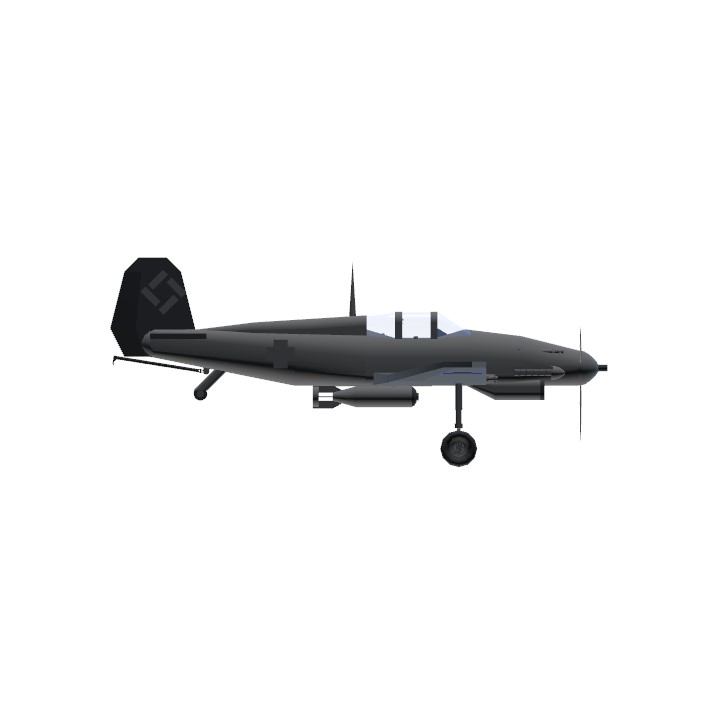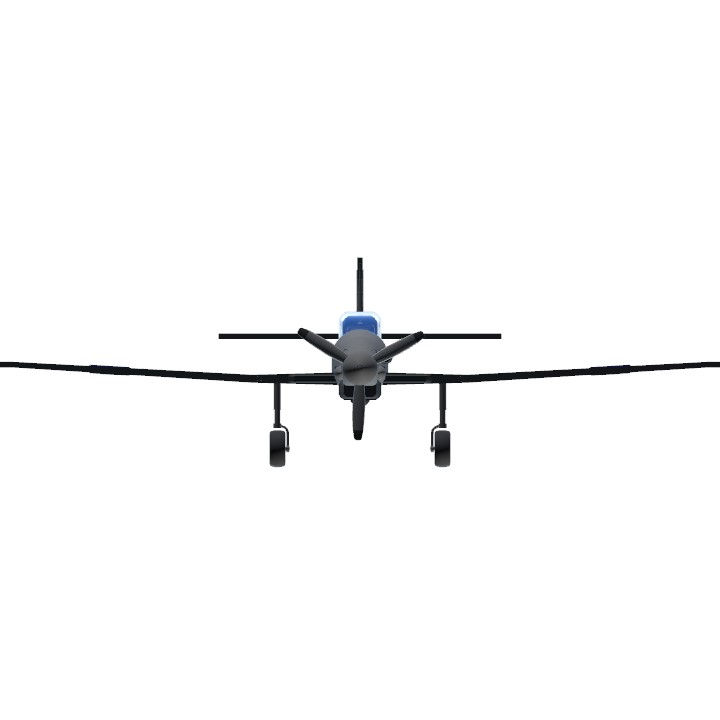My third and final entry for WinsWing’s Rush Build Challenge, and because I love carrier based aircraft, this is my take on if Germany actually built the Graf Zeppelin and was able to evolve their aircraft. In real life, the Bf-109T-1 and T-2 (T for Träger, or carrier) were experimental aircraft that were actually researched and developed by Fieseler, due to their knowledge of STOL aircraft. Although never used for carrier operations, for obvious reasons, was still a concept they thought of. So what if they had the carrier, what would change in the design? Well I would think the first thing is the landing gear, since it won’t have to be easily moved from airfield to airfield l, they no longer would need the gear on the fuselage, and move it to the wing. Then having the wing fold is the next step, I decided that going straight back is the most probable and simple solution. Then, they would steal the idea of putting the oil coolers in the wingroot, since it is already beefed up for the landing gear and wing fold mechanism, it would be perfect to place them there, although the radiator is still under the engine. And of course, able to carry either a small bomb or drop tank. With 2 cowl mounted MGs, 2 wing mounted MGs, and a cannon through the spinner, it has the fire power availability to stand toe to toe with any plane. Be careful when pulling the stick back too fast, has a tendency to roll and couldn’t get it fixed, but it’s maneuverable enough without pulling all the way back. Bring the power of German Engineering from the deck of the carrier.
Specifications
Spotlights
- This craft is curated
General Characteristics
- Predecessor WW2 Fighter Challenge - RUSH BUILD! (CLOSED)
- Created On iOS
- Wingspan 41.7ft (12.7m)
- Length 28.7ft (8.7m)
- Height 11.6ft (3.5m)
- Empty Weight 4,753lbs (2,156kg)
- Loaded Weight 6,103lbs (2,768kg)
Performance
- Horse Power/Weight Ratio 0.163
- Wing Loading 23.8lbs/ft2 (116.2kg/m2)
- Wing Area 256.5ft2 (23.8m2)
- Drag Points 3220
Parts
- Number of Parts 109
- Control Surfaces 8
- Performance Cost 543






